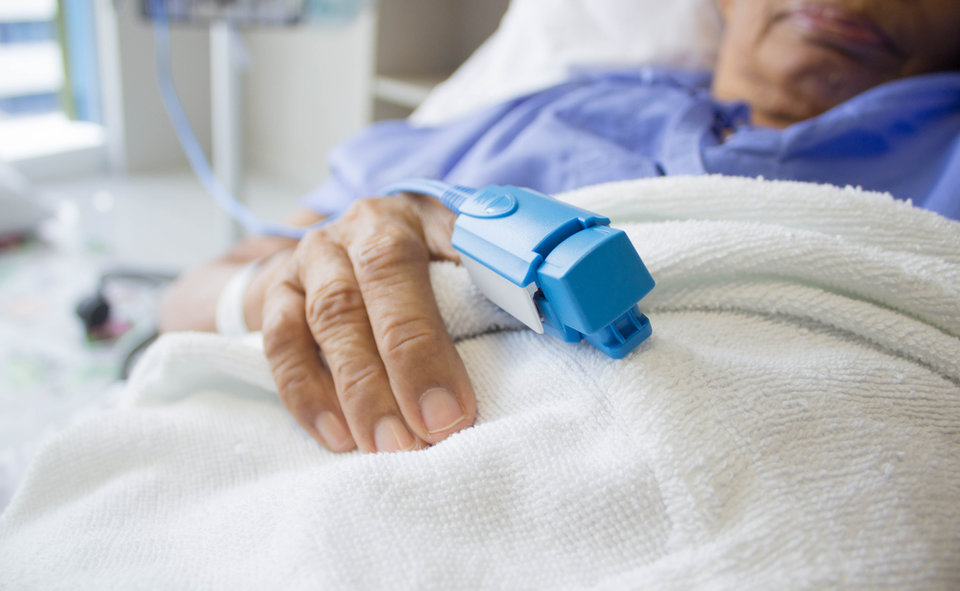
The effect of skin pigmentation on pulse oximeter results
With low blood oxygenation being one of the main symptoms that characterise Covid-19, there has been a surge in the over-the-counter purchasing of pulse oximeters.
According to GlobalData’s influencer tracker, interest in pulse oximeters for Covid-19 management began to spike in early March and has continued to increase since then.
Although the use of pulse oximeters in-home care settings can ease the burden on hospitals, questions about the use of the technology have been raised.
In December 2020, the New England Journal of Medicine published a letter to the FDA reporting that black patients had nearly three times the frequency of occult hypoxemia (low oxygen levels in the blood) that was not detected by pulse oximetry when compared to white patients.
In February 2021, the FDA responded with a safety communication stating the limitations of pulse oximeters under certain circumstances but agreed on the need to further evaluate the association between skin pigmentation and pulse oximeter accuracy.
There have been numerous studies evaluating the effects of skin pigmentation on pulse oximeter results, with the earliest studies dating back to the 1980s.
Although many other factors can skew oximeter results, the general consensus is that the device shows some pigment-related bias. The FDA’s plan to investigate could lead to revised guidance on the topic.
The market for wearable and handheld pulse oximeters in-home settings has been robustly growing over the years but has been further fueled by Covid-19 influenced purchasing. The global pulse oximetry systems market is set to reach $2.1bn by 2030, growing at a CAGR of 5.3%.
The key driver of the market is the shift from hospital to home care, reflecting an increase in patient-centred consumer-driven healthcare.
Patients are taking an increasingly active role in their health with a large demand for rapid analytics. GlobalData expects the pulse oximeter systems market to witness increased growth to meet the increased demand.
For more insight and data, visit GlobalData's Medical Intelligence Centre
COMMENT from